Partners ramp up £1.7bn ID Manchester
Having been appointed as the University of Manchester’s development partner in 2021, Bruntwood SciTech has refreshed the strategic regeneration framework for the former UMIST campus as it prepares to kick the 4m sq ft project into gear.
A long time coming
There has been little by way of updates on the ID Manchester project since Bruntwood SciTech prevailed in the competition to be appointed as development partner for the 18-acre scheme.
However, the company – a 50:50 JV with Legal & General – has been working behind the scenes to refresh the existing framework for what is billed as one of Manchester’s biggest regeneration opportunities.
In all, ID Manchester could deliver a £1.7bn economic boost to Manchester through the delivery of 2m sq ft of innovation and commercial space and around 1,500 new homes.
The decision to refresh the ID Manchester SRF, first adopted in 2017 as the North Campus SRF, comes following the relocation of the majority of the University of Manchester’s teaching functions from North Campus to the new Manchester Engineering Campus Development.
What’s new?
While many of the principles laid out in the 2017 version of the SRF remain the same, the updated masterplan goes into more detail about what ID Manchester is trying to achieve.
Manchester City Council’s executive is in line to approve the updated SRF for a period of public consultation when it meets next week.
The project partners are pitching ID as “the cornerstone of the UK’s innovation strategy”, which could be home to 10,000 workers and 3,000 residents.
They say that by 2035 ID will be “recognised internationally as one of the world’s leading applied innovation districts, providing unique access to technologies and ideas, centred around advanced materials, health innovation, digital technologies, and bio-materials”, according to an executive report.
Timescales
Many observers will be wondering when work on ID is likely to start. The updated SRF does not lay out any timescales – other than the fact the scheme will come forward over the next 15 years – stating that flexibility is key to future delivery.
“The development principles offer a flexible framework that supports commercially viable development capable of meeting future occupier requirements,” the report states.
This will allow the masterplan to evolve and adapt alongside market demand.
The old and new
The updated SRF gives special mention to the heritage buildings located within the masterplan area, namely Sackville Building and the Renold Building.
The former is to provide a mixture of residential, leisure, commercial, and innovation uses, according to the report.
Meanwhile, the Renold Building is to be converted into a “public commons hub…providing an internal extension of the public realm, and helping to negotiate the level change between upper and lower parts of the site”.
As for new buildings, the tallest ones would be located around the edges of the SRF area along London Road, Mancunian Way, Sackville Street, and Princess Street and stepping down towards Renold Building and ID Square, the report states.
Any new buildings should have a “strong Manchester identity, including a material pallet which ties into the city’s industrial past,” the report adds.
A joined-up approach
Many of the changes in the 2023 version of the SRF are around connectivity and making the most of ID’s location next to Piccadilly Railway Station and as part of what the report calls Manchester’s “regeneration spine” between the station and Great Jackson Street.
Bruntwood SciTech wants to ensure that ID is connected to the city centre in all directions, funnelling people into the site in line with its vision of creating a “human collider”.
The idea is to “concentrate movement through the central shared spaces, making them the focal point for social interaction”, the report states.
A critical mass of people is needed to make ID Manchester a “genuinely world-class innovation district, with a vibrant, inclusive, 24/7 community, that can deliver the anticipated benefits to the city”.
As well as designing in a way to optimise human interaction, ID will adopt a “living landscape” approach to the district’s nine acres of public realm, according to the project’s partners.
This will see existing green spaces enhanced, communities reconnected with nature, and a 10% uplift in biodiversity.
What the partners are saying
Speaking on behalf of Bruntwood SciTech, Lou Cordwell, director at ID Manchester, said the project “marks a step change in the UK’s ambition to be a world leader in science and tech”.
“Over the next 15 years, we have the opportunity to design a whole new district of the city that will establish Manchester as a global leader for applied innovation and drive new skills, ideas and economic growth in both Manchester and the UK.
She added: “ID Manchester also creates the exemplar for inclusive innovation – our values of sustainable growth, inclusivity and positive social impact will be at the heart of ID Manchester.”
John Holden, associate vice president for major special projects at the University of Manchester, said ID Manchester supports a “critical mission” for the institution.
“As one of the world’s leading innovation districts, it will have an emphasis on driving inclusive innovation that works for people and the planet.
“ID Manchester will bring huge economic benefit to the city and make a major contribution to Greater Manchester and the national government’s ambitions to use R&D and innovation as an enabler for job creation and levelling up in the UK.”
Cllr Bev Craig, Leader of Manchester City Council, said the ID Manchester vision builds on Manchester’s industrial heritage while looking to the future.
“The Oxford Road corridor and its environs have been central to Manchester’s innovative spirit for generations – a globally recognised hub for education, innovation and research.
“The ethos behind ID Manchester continues that tradition, creating opportunities for the city’s emerging specialist sectors in health, advanced materials and biotech to develop and grow.”


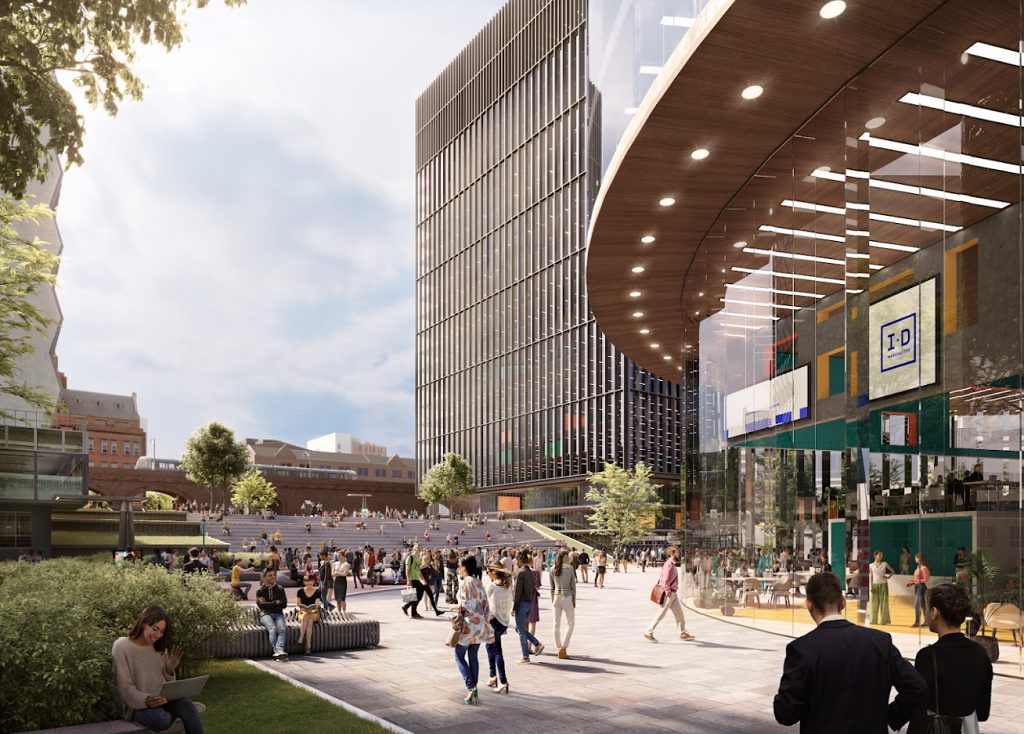
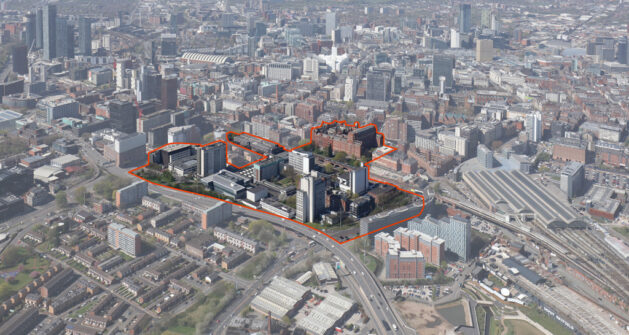
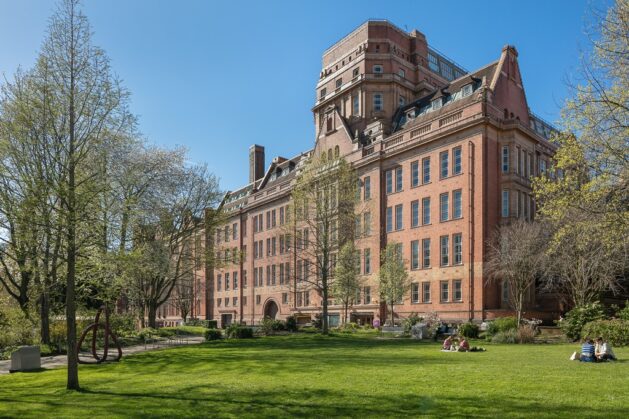

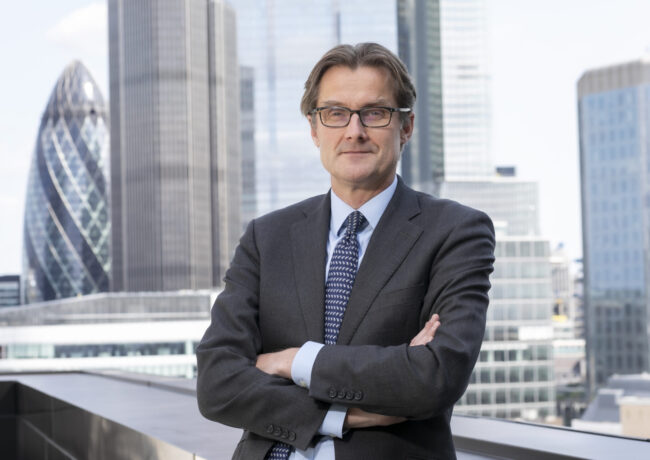
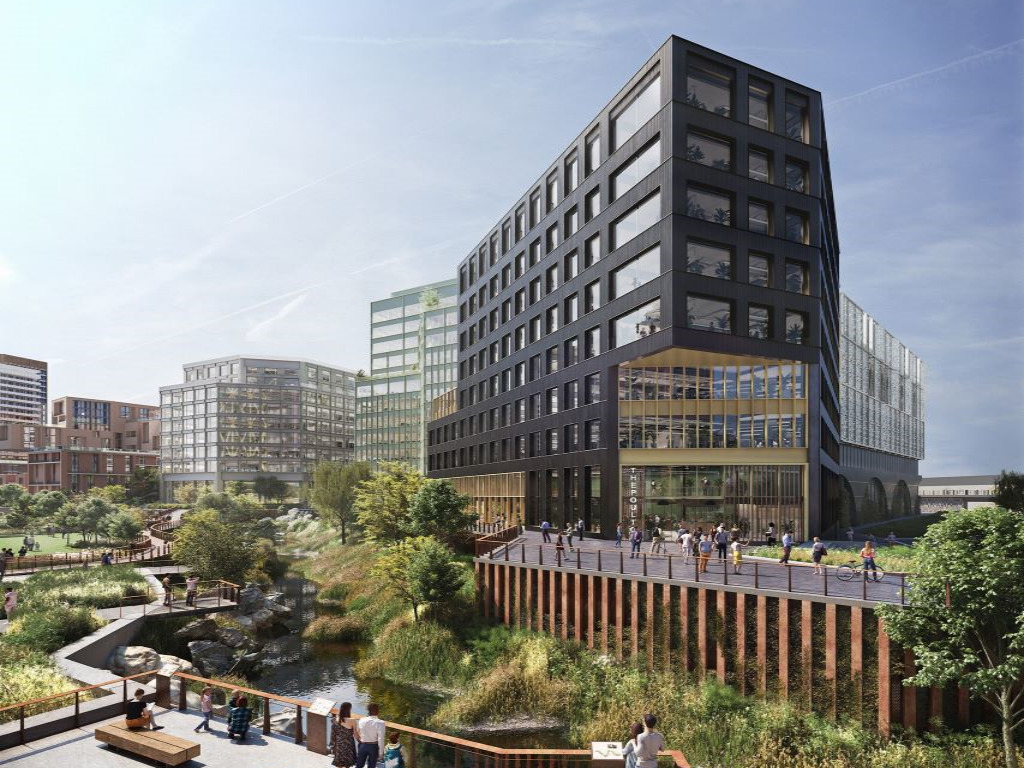
Can’t see this happening in the current environment, if ever
By Fran
Sorry Dan but it’s definitely going ahead, I know you tend to be a glass half empty kind of commenter but this has been on the cards for some time now and has some serious backing behind it so yeah let’s go with that.
By Godfrey
A “ public commons hub”, “regeneration spine”, “human collider”, creates the exemplar for inclusive innovation”… is it just me or does anyone else know what all this waffle means? Please property people speak in plain English. Thank you.
By Simon.
I hope this happens soon, we used to use the Godlee observatory for meetings for the MAS and miss this place!
By Anonymous